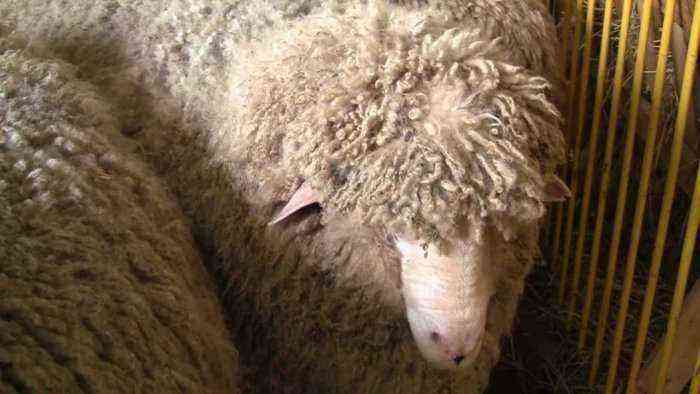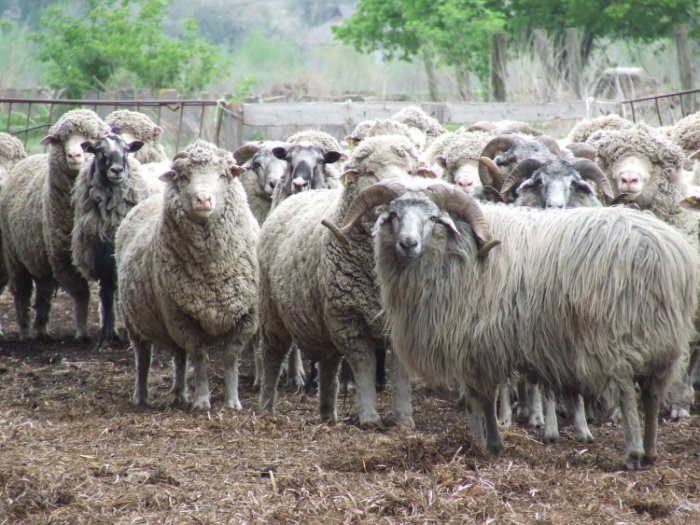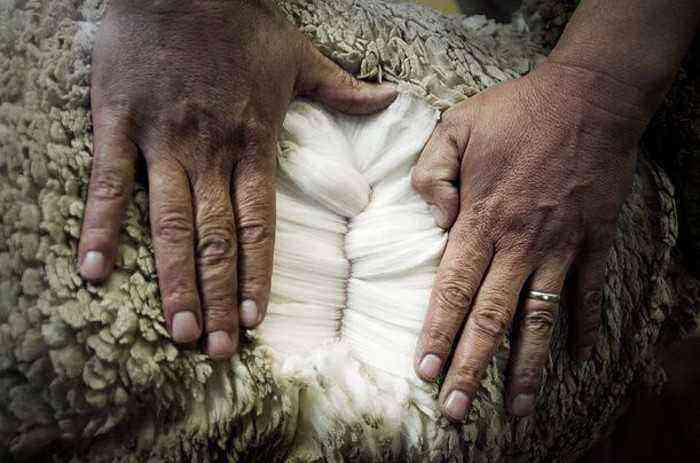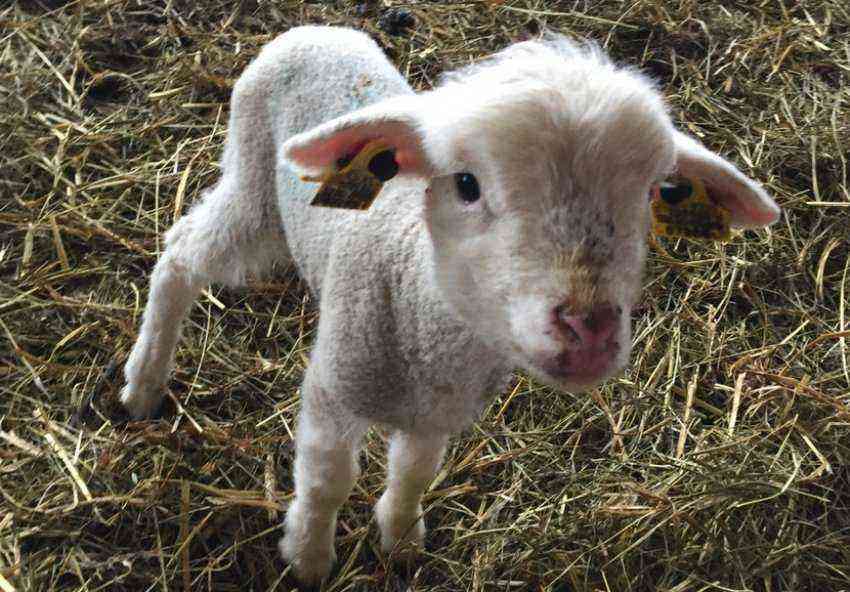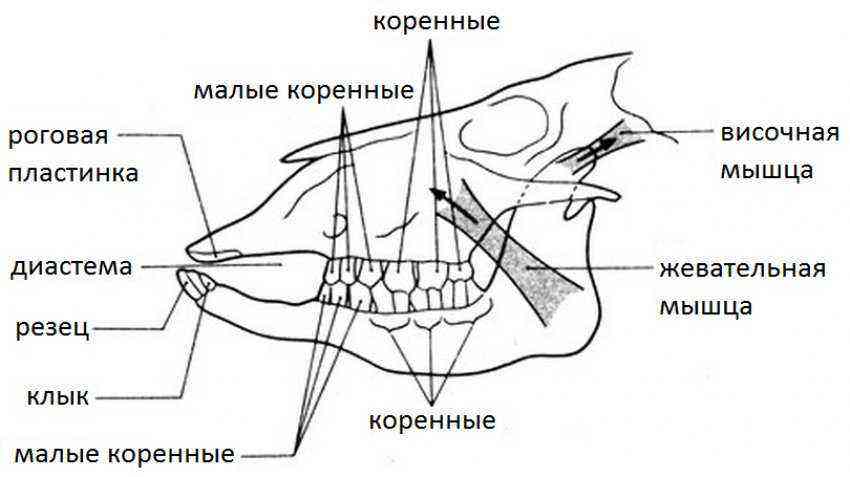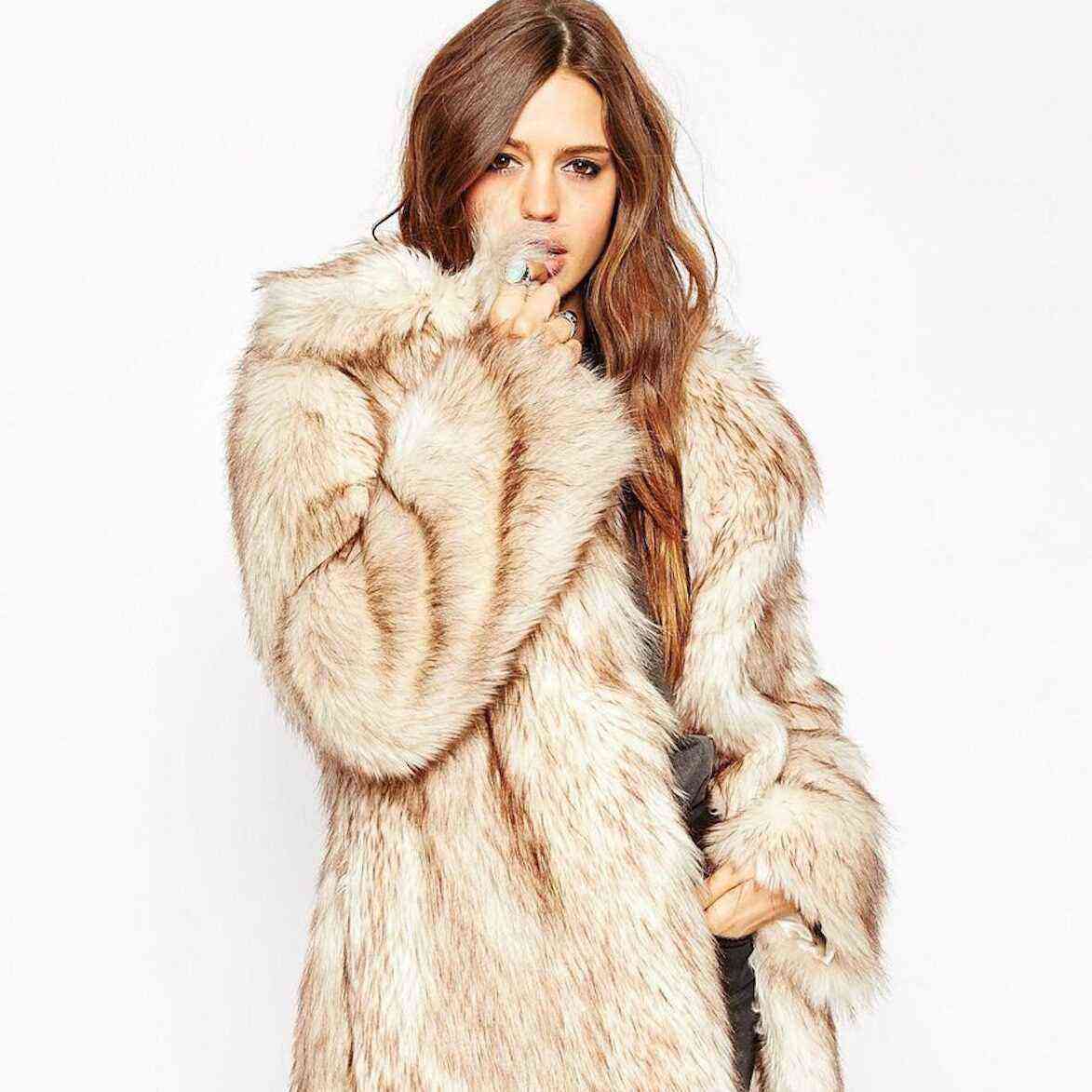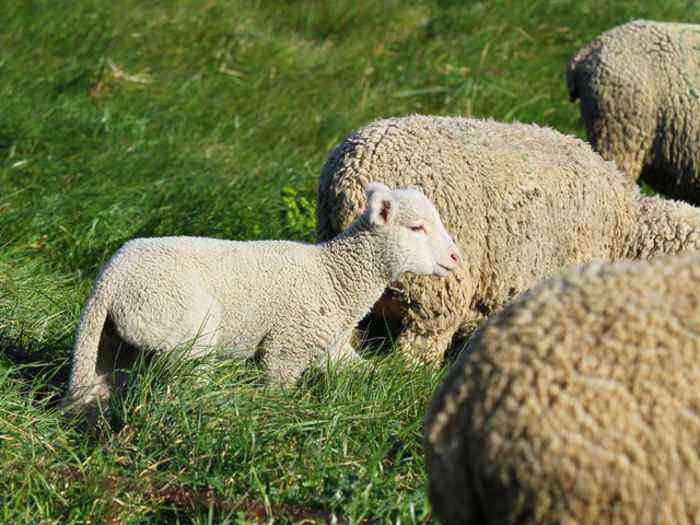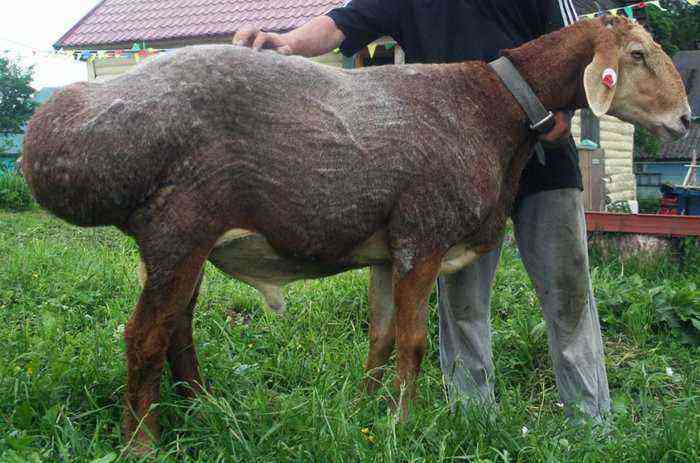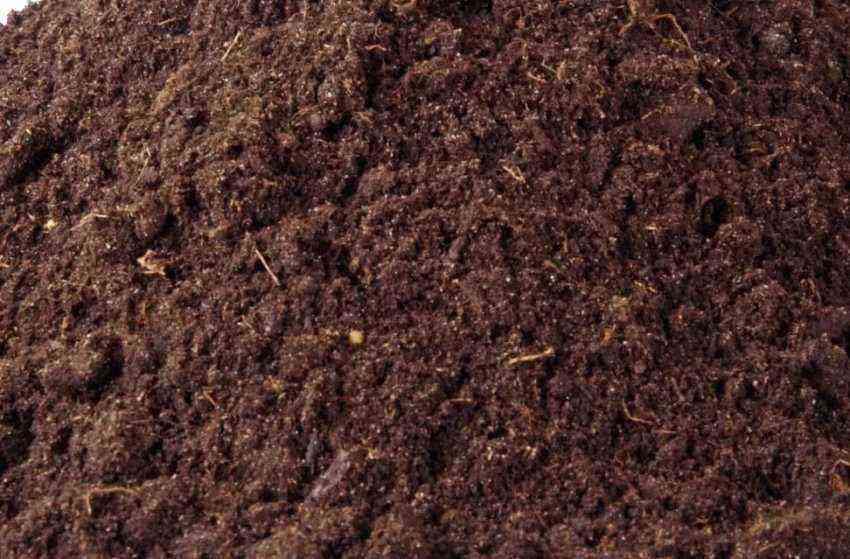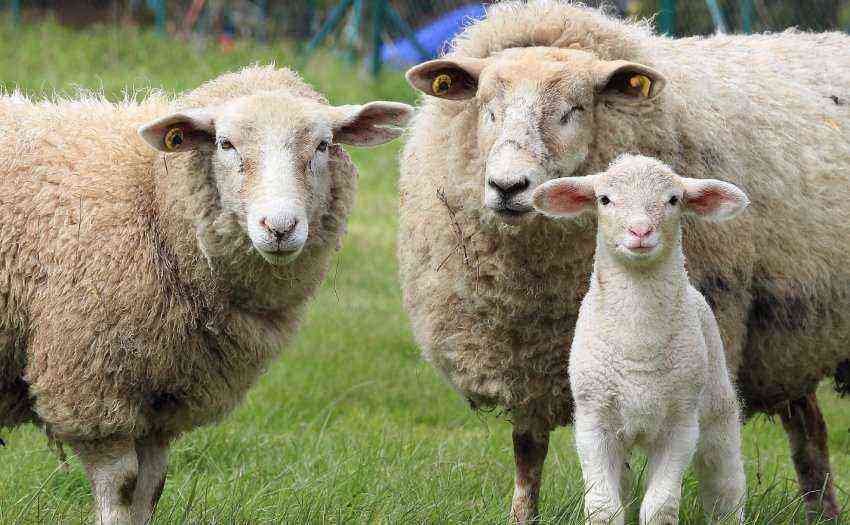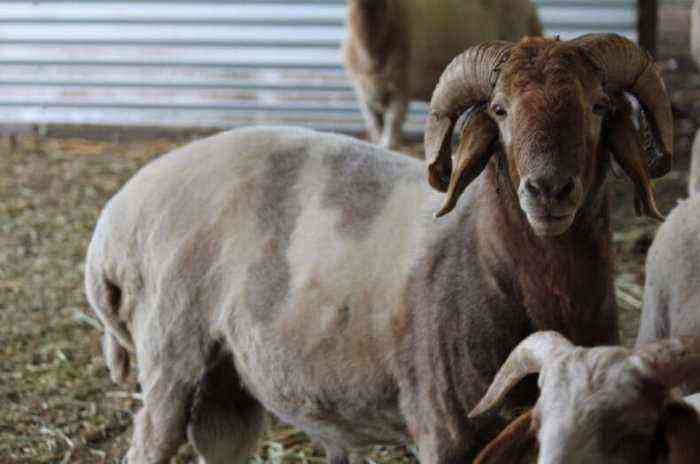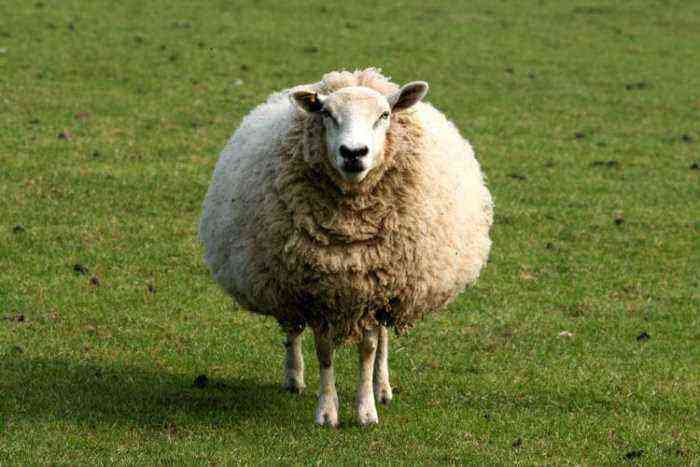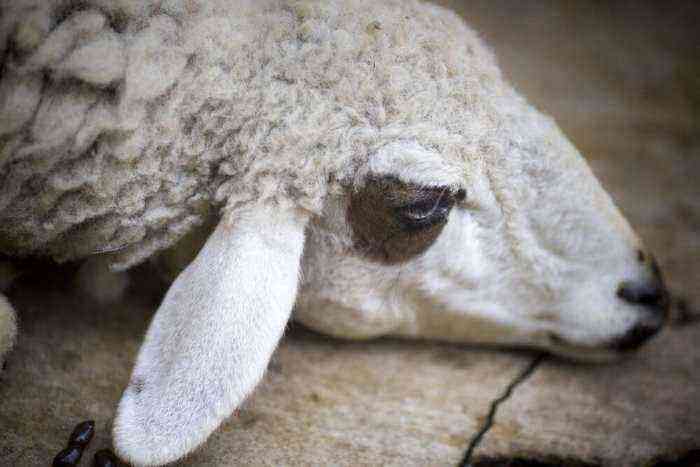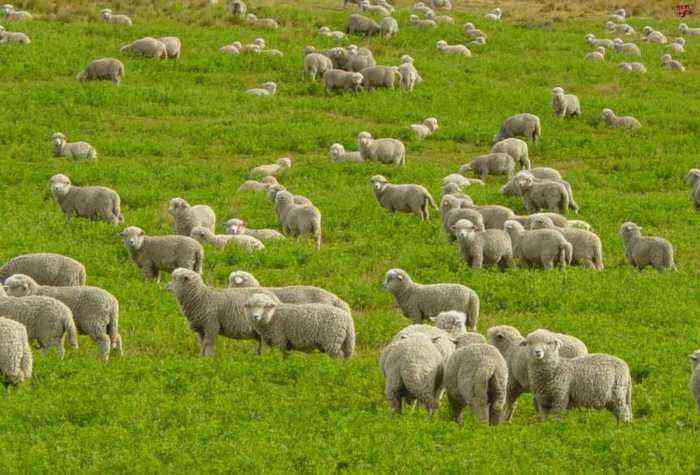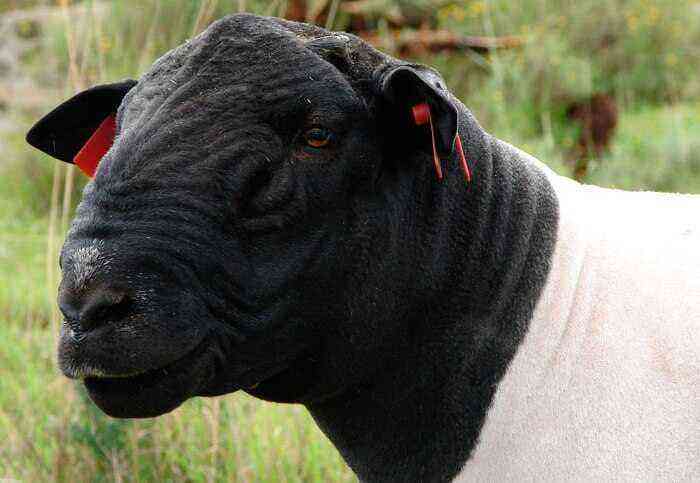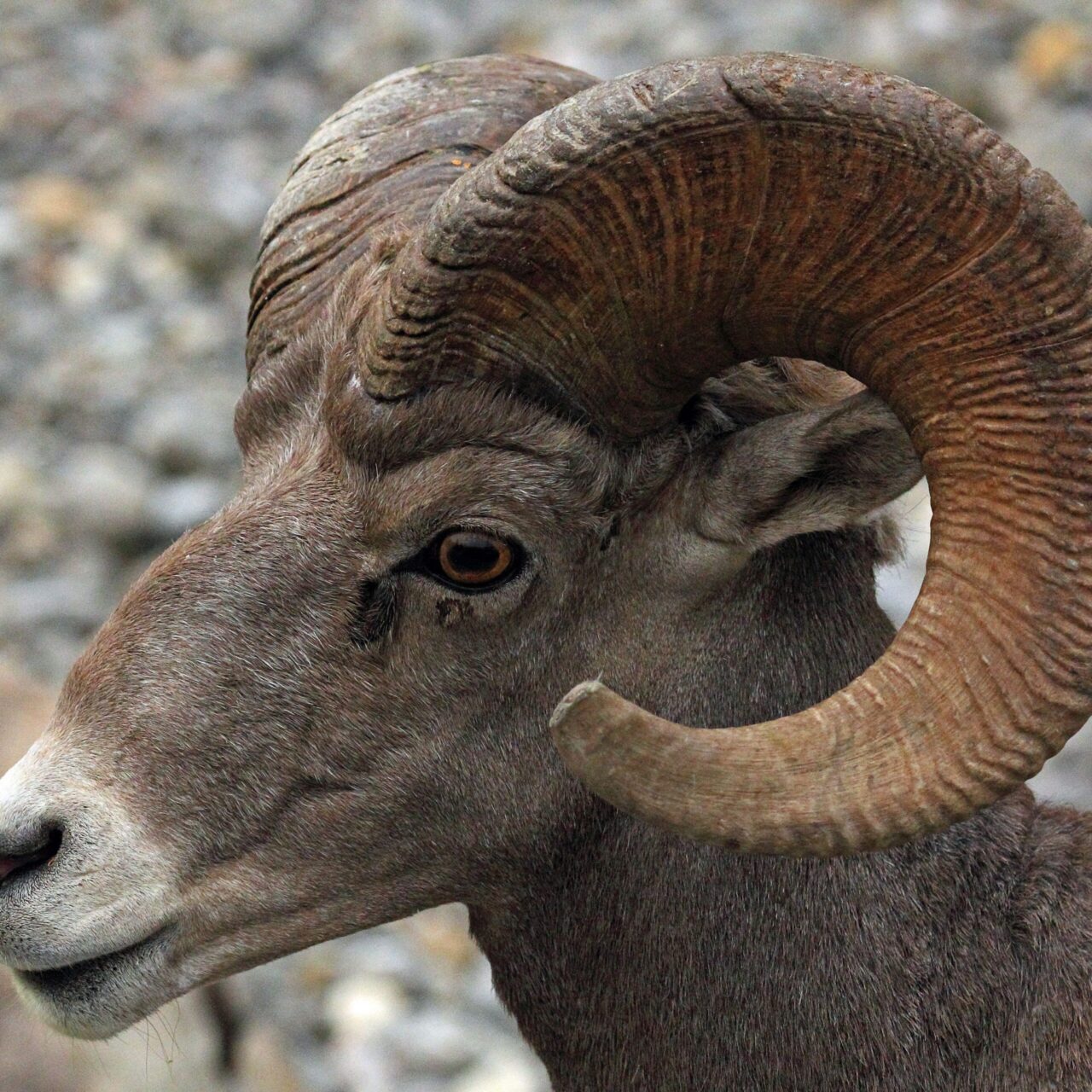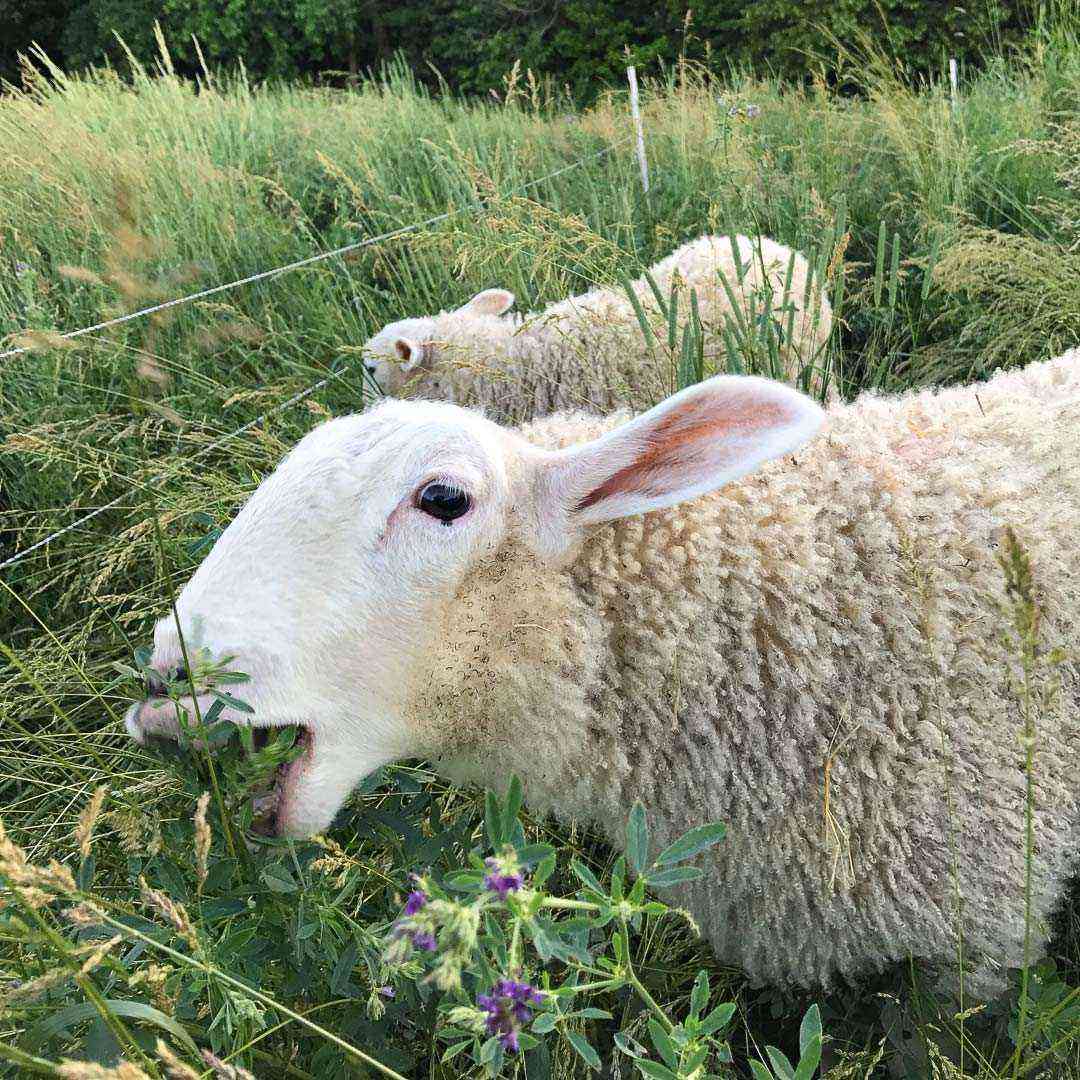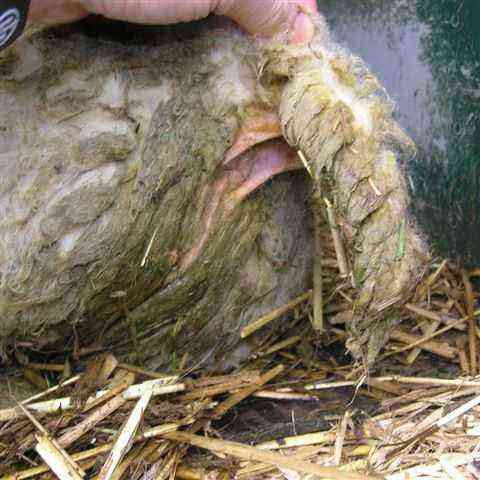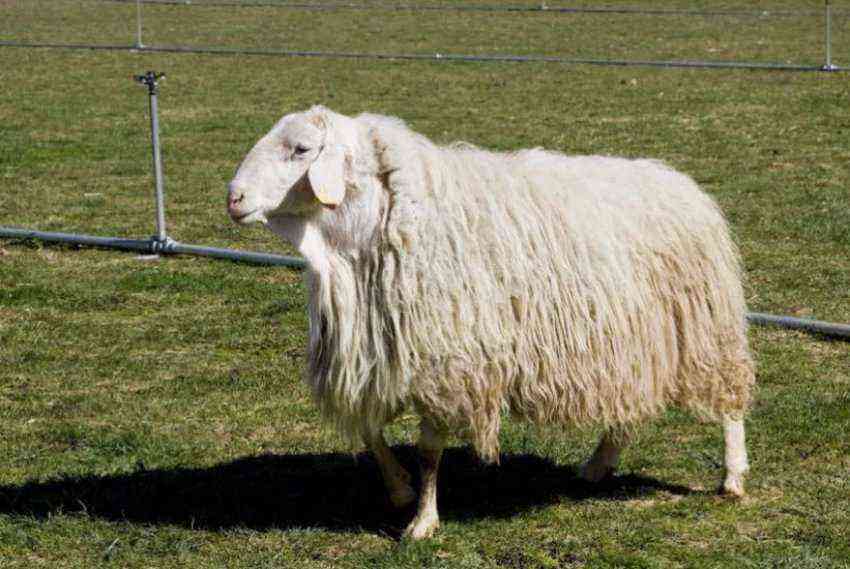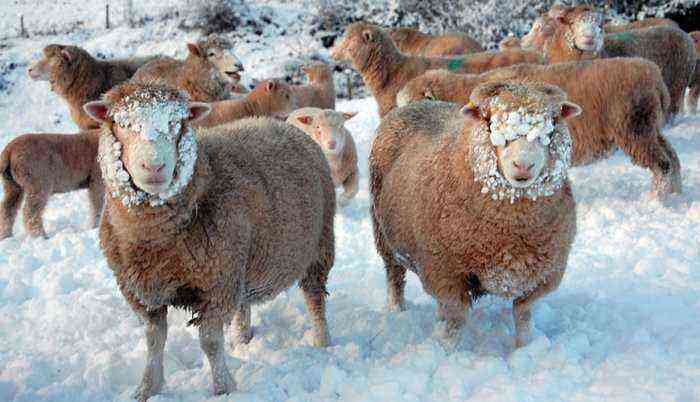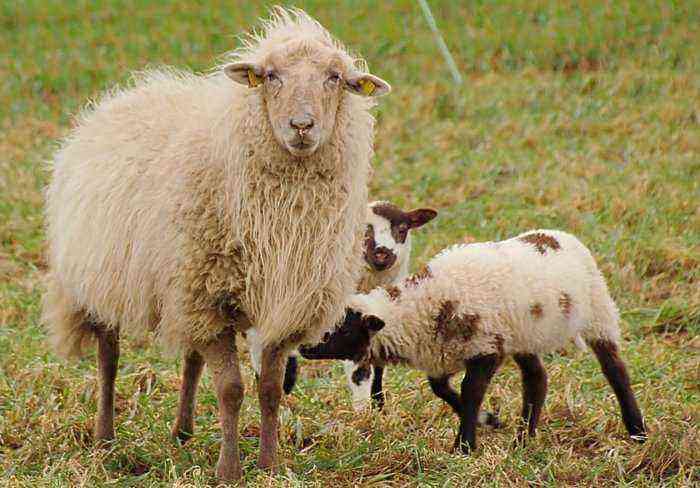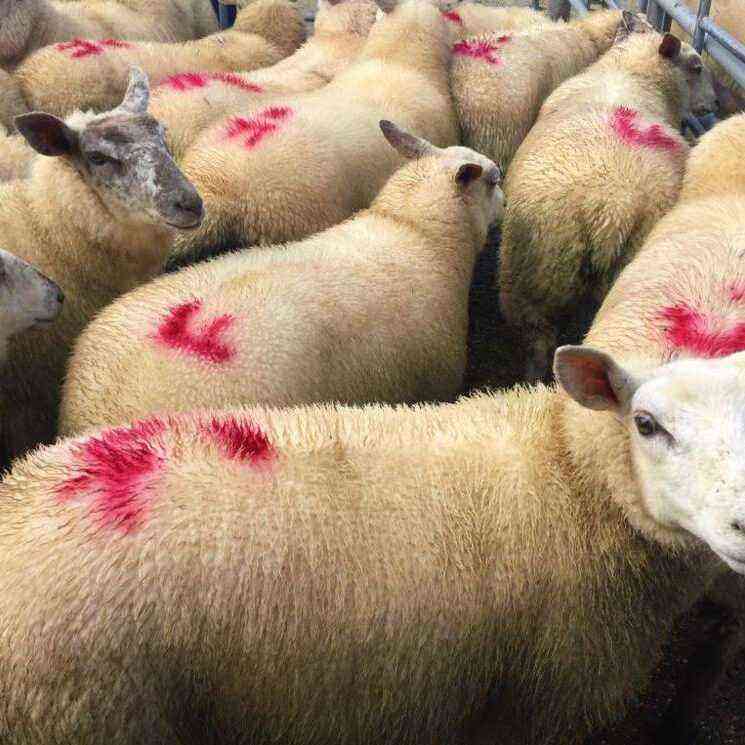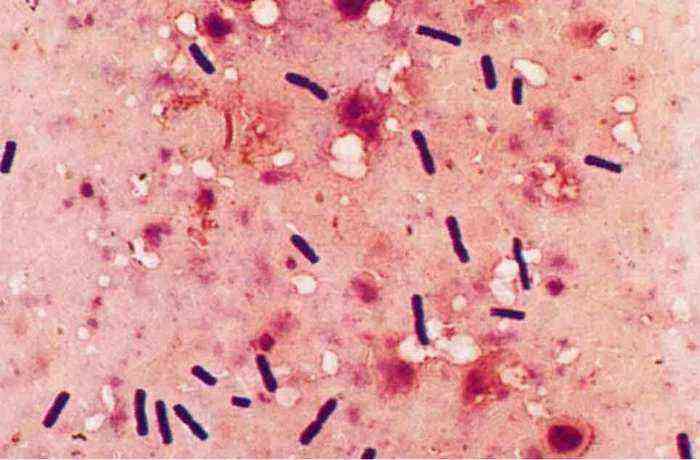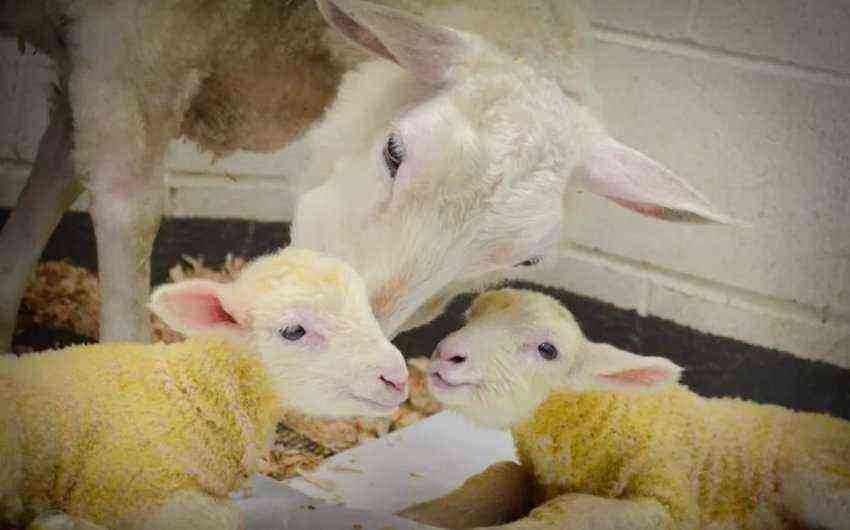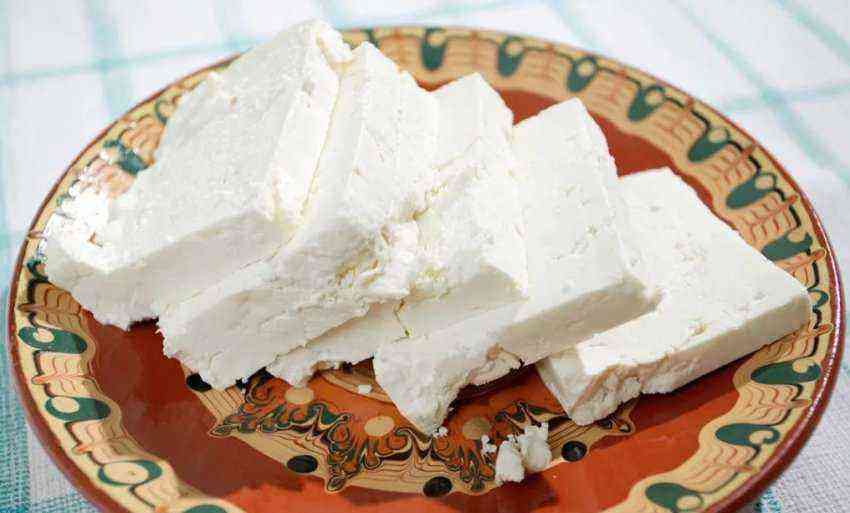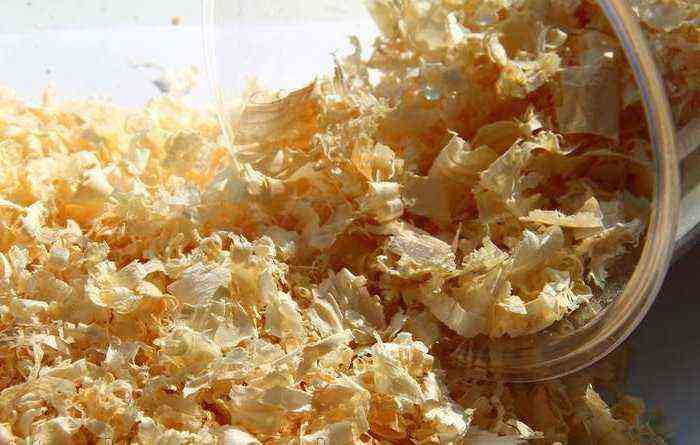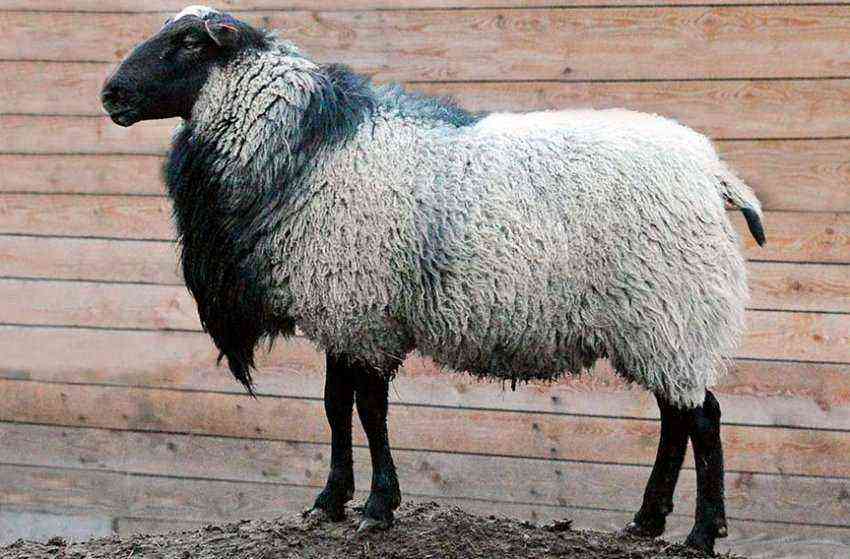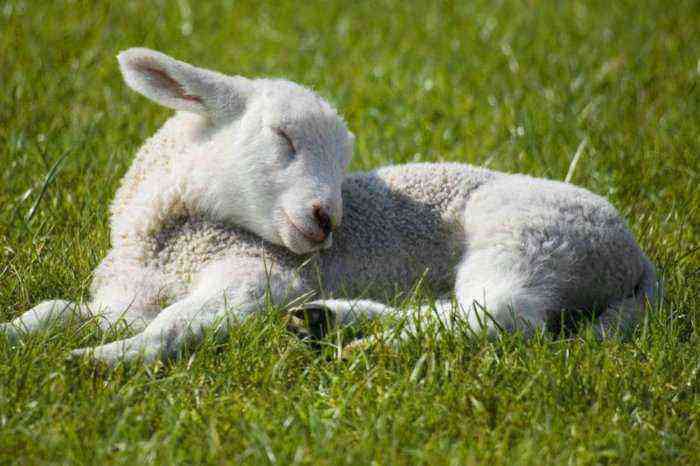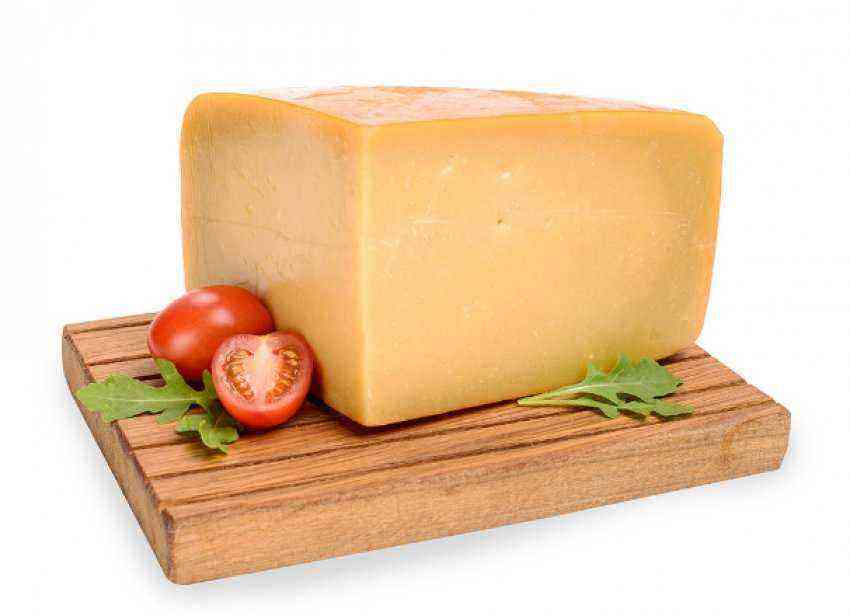The Caucasian breed of sheep and the North Caucasian were bred in the Stavropol Territory. Now these animals are bred mainly in the south of Russia or in neighboring countries with a similar climate. Breeding sheep of these breeds is a profitable undertaking due to their high productivity in both meat and wool directions.
Caucasian breed of sheep
Caucasian breed of sheep
Caucasian sheep were bred by selection in the Ipatovsky district of the Stavropol Territory. The work on their creation was carried out by breeders at two state farms at once – Ipatovsky and Bolshevik, and it began in 1924.
Three breeds of sheep with excellent characteristics were taken as a basis:
- american rambouillet;
- merino Novokavkazskaya;
- Ascanian.
From their ancestors, the animals inherited a good coat of hair, evenness of the fleece, as well as a dense physique and height.
Description
Caucasian sheep are quite large: adult rams weigh about 100-115 kg, and queens – 55-65 kg. They have the following characteristics:
- the body is proportional, the constitution is strong;
- the head is small, erect;
- lambs are polled, rams have horns;
- the body is elongated, the muscles are well developed;
- the neck is strong, folded;
- back line is straight;
- the sacrum is wide;
- legs sinewy, strong;
- wool is thick, long (7-10 cm), fleece of a closed type;
- hairiness of the head, belly and legs is good;
- cream fat.
Productivity
High-quality wool, meat and milk are obtained from Caucasian sheep. The average annual shearing of raw wool from a ram reaches 9 kg. Less wool can be removed from the queens – 3,5 kg, but it is assigned a quality level of 64, while a rune taken from males is given a quality level of 58-60.
High quality wool is obtained from Caucasian sheep
Attention! The net yield of wool from Caucasian sheep exceeds 58%.
The fertility rate of females is at an average level – 130-150%. Lambing occurs once a year, and there are 1-2 lambs in the litter. During the lactation period, the ewe is able to give more than 100 liters of sheep’s milk, the fat content of which varies between 5,8-8,1%.
Caucasian breed lambs already weigh 4-35 kg at 42 months. The mass of fattened seven-month-old lambs reaches 60-70 kg. At this age, the slaughter yield of meat from a carcass is 55-60%.
Advantages and disadvantages
The advantages of the breed include such qualities of sheep as adaptability to an arid climate, high milk, wool and meat productivity. The disadvantages of the Caucasian sheep are the poor uniformity of wool in density on different parts of the body and the slow weight gain in lambs.
Where are they bred?
Caucasian sheep are perfectly adapted to a moderately humid and arid climate, so they are bred mainly in the southern part of Russia – in the Krasnodar and Stavropol Territories. There are also small herds in Siberia, in the south of the Ural region. Breeding farms and collective farms located on the territory of Georgia, Armenia and Kyrgyzstan also have Caucasian sheep at their disposal.
North Caucasian breed of sheep
Breeders from the Stavropol Territory also worked on the creation of this breed. The work was started during the Great Patriotic War, in 1943, and continued for almost 25 years. In 1958, the North Caucasian breed of sheep was registered. Lincoln rams and English Romney marches were taken as the basis of the genotype. They were crossed with local fine-fleeced sheep. As a result, the mixture obtained was divided into two types:
- The descendants of the Romney March are type A. These animals have thinner and shorter hair (up to 9,5 cm).
- The descendants of the Lincolns are type B. The quality of the fleece of these sheep is lower, but the wool itself is longer.
In 1952, breeders set a goal – to improve the quality characteristics of the wool of North Caucasian sheep classified as type B, and they succeeded.
Description
Lincoln descendants are tall and large animals with well-developed muscle mass, with long and soft high-quality wool, which is used for the production of garments.
North Caucasian sheep
Breed characteristics:
- sheep weight – 90-100 kg, ewes – 56-69 kg;
- the growth of the male reaches 75 cm, the uterus – up to 70 cm;
- elongated body;
- the back is flat, wide;
- the chest is well developed, protrudes slightly forward;
- the limbs are muscular, of medium length;
- the skull is wide, the profile is straight;
- the head is well furred;
- the wool is crimped, white, the fibers are long – 12-13 cm;
- fineness quality – 56-60;
- both rams and wombs are hornless.
Productivity
North Caucasian sheep show high productivity in two directions at once – meat and wool. The average daily weight gain of animals is 200-230 grams. By 12 months, the mass of sheep and rams reaches 85% of the mass of an adult animal. The slaughter yield of meat is 50-52%. The degree of meatiness is 77-78%. North Caucasian ewes increase their livestock by 140% per year. They mate once a year.
From an adult lamb, it is possible to obtain up to 12 kilograms of wool annually, from the uterus – half as much. The fleece is distinguished by uniformity, evenness and density. It has a staple-braid structure. The fibers are crimped along their entire length. The fineness quality is 56-60 levels.
Attention! The net yield of washed wool from North Caucasian sheep exceeds 55%.
Advantages and disadvantages
The advantages of the breed include:
- high quality fleece and good wool shearing;
- fertility of the breeding stock;
- output of meat from the carcass after slaughter.
Farmers note that when breeding North Caucasian sheep, some lines of descendants show low fertility, while others are born with sparse wool.
Where are they bred?
The North Caucasian breed of sheep is adapted to the steppe arid climate, so the main areas for its breeding are:
- Armenia;
- North Caucasus;
- Ukraine;
- Krasnodar and Stavropol Territories.
The breeds of sheep we have considered are the fruit of the labor of breeders from the Stavropol Territory. Thanks to their work, high levels of sheep productivity were achieved in two directions – meat and wool. Although these breeds have minor flaws, they are still popular in different regions of Russia, Ukraine and the CIS countries.
